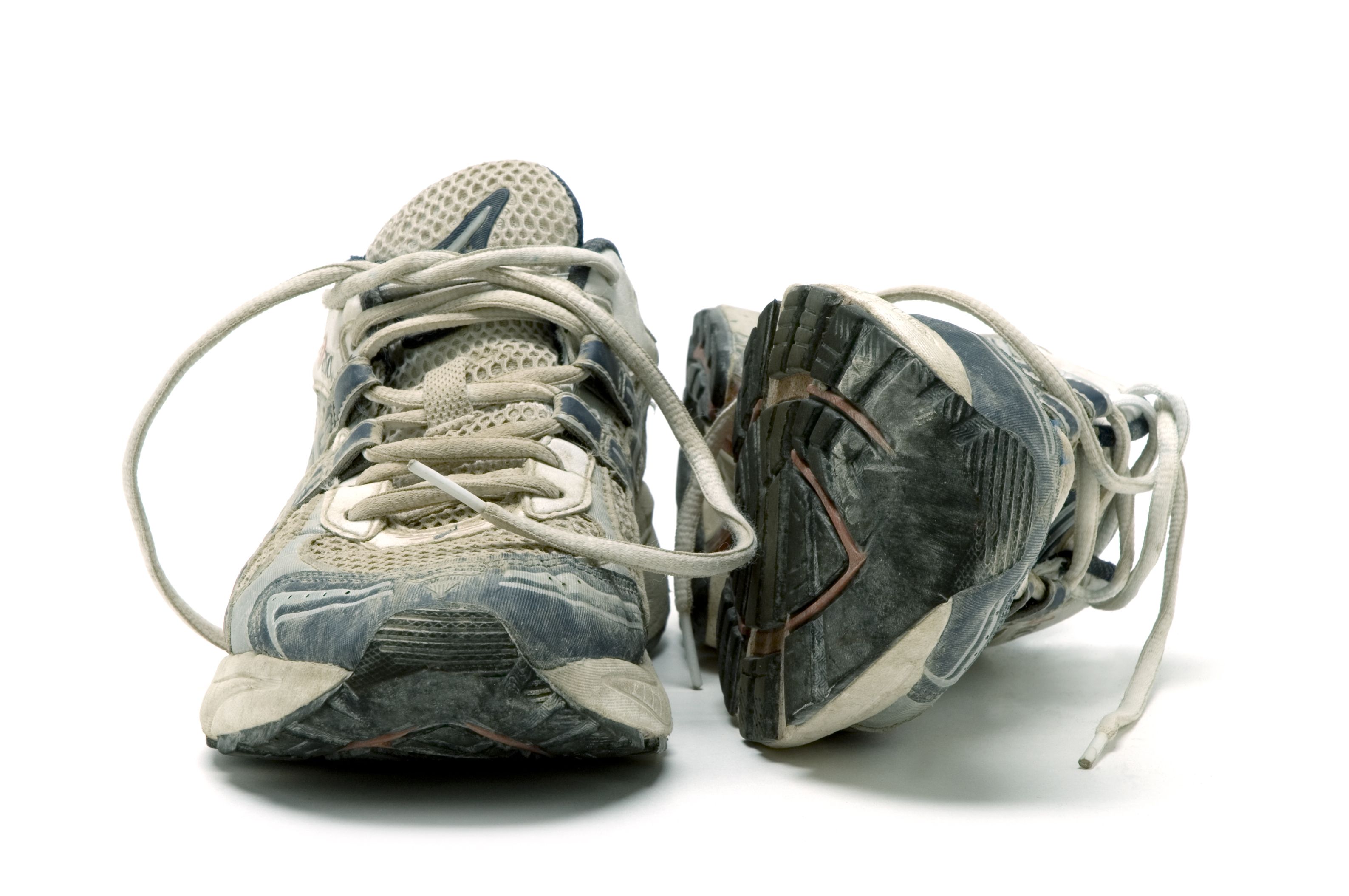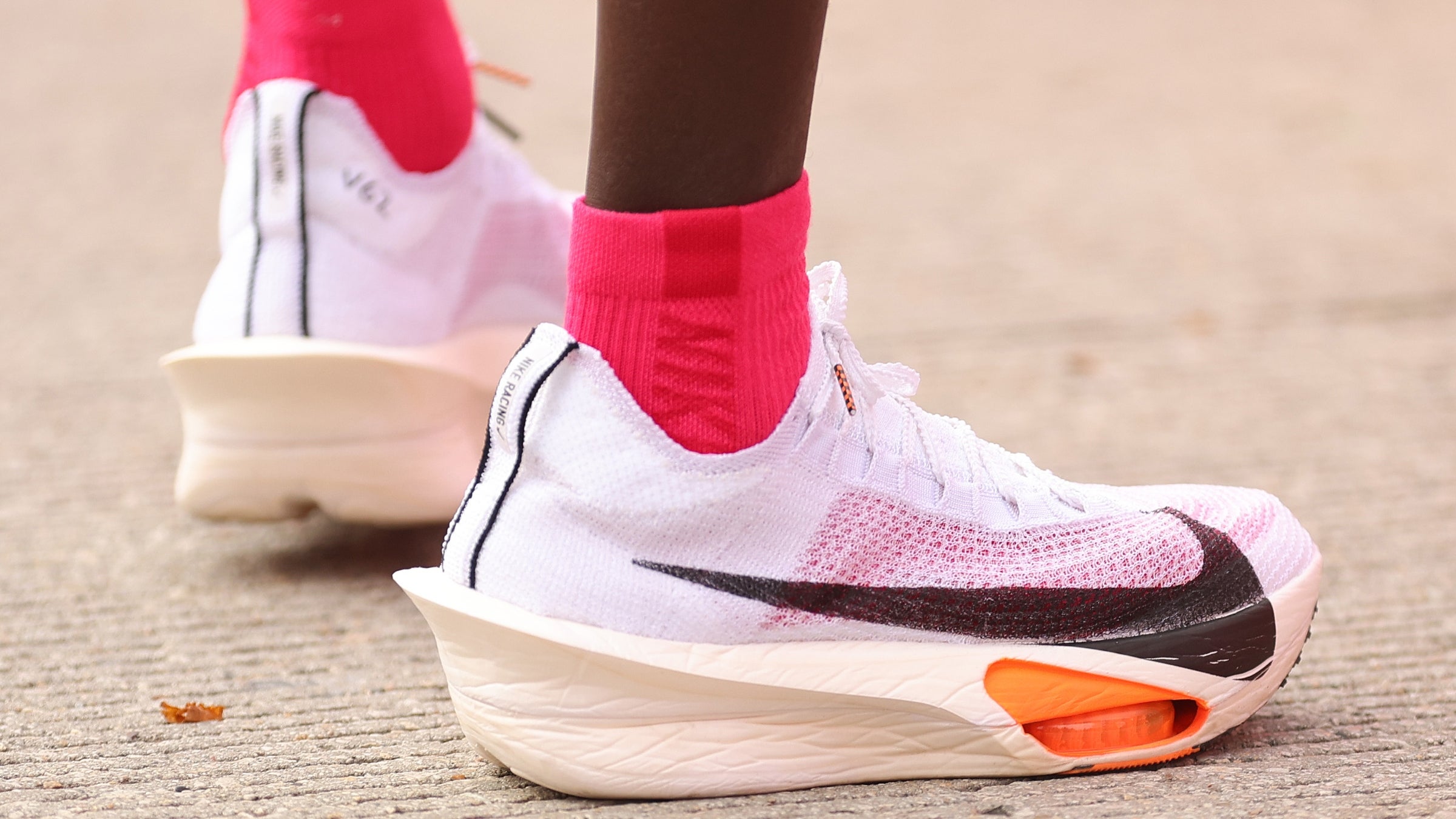When it comes to running shoes, one of the most common questions among enthusiasts is: “How long do running shoes last?” The lifespan of running shoes is crucial not just for performance but also for injury prevention. In this guide, we’ll explore the factors that determine how long running shoes last, share real-world experiences, and offer expert tips to help you get the most out of your favorite pair. Whether you’re a casual jogger or a seasoned marathon runner, this guide is for you!
Understanding the Lifespan of Running Shoes
Factors Affecting Running Shoe Longevity
The lifespan of running shoes can vary greatly based on several factors:
- Material Quality: The materials used in the shoe play a huge role in its durability. High-quality materials tend to last longer.
- Running Style: Your running gait can cause uneven wear on your shoes, affecting their lifespan.
- Surface Type: Running on trails may wear shoes more quickly than running on asphalt or tracks.
- Body Weight: Heavier runners may compress the cushioning materials more quickly, leading to a shorter lifespan.
- Frequency of Use: How often you run significantly affects how long your shoes will last. Regular runners may need new shoes more frequently.
Average Lifespan of Running Shoes
On average, most running shoes last between 300 to 500 miles (approximately 480 to 800 kilometers). However, this can vary greatly depending on the factors mentioned above. For instance, minimalist shoes might wear out faster due to lesser cushioning, while high-cushion shoes might last longer for heavier runners.
Real-World Experiences
Take, for example, Sarah, an avid marathon runner. She finds that she can get about 400 miles out of her Asics Gel-Kayano. In contrast, her friend Tom, who prefers trail running, experiences quicker wear on his Salomon trail shoes, averaging only 300 miles due to the rugged terrain and the shoe’s design.

Signs That Your Running Shoes Need Replacement
Physical Signs of Wear and Tear
Knowing when to retire your running shoes is vital for maintaining performance and preventing injury. Here are some signs to look for:
- Worn Out Tread: If the tread is worn flat and lacks grip, it’s time for a new pair.
- Cushioning Loss: Check for compressed or flattened areas in the midsole that no longer provide adequate cushioning.
- Uneven Wear Patterns: If you notice different wear patterns on the outsole, it could indicate improper fit or running gait.

Invisible Signs of Damage
Sometimes the damage is not visible but can still cause issues. For instance, over time, the midsole foam may break down, leading to reduced shock absorption, which may not be easily observable. If you start noticing more fatigue or aches after runs, this might be a sign that your shoes are no longer doing their job.
Extending the Life of Your Running Shoes

Proper Care and Maintenance
Taking care of your running shoes can significantly extend their lifespan. Here are some tips:
- Rotate Your Shoes: If you’re a regular runner, consider having multiple pairs that you can rotate through to allow each pair some recovery time between runs.
- Clean Your Shoes: Regularly clean your shoes to remove dirt and debris that can lead to wear.
- Avoid Wet Conditions: Running in wet conditions can ruin your shoes. If they get wet, dry them naturally, avoiding heat sources.
When to Retire Your Favorite Pair
It can be hard to part with your favorite running shoes, especially if they’ve been with you through countless miles. However, the safety and performance enhancements of new technology in running shoes often outweigh the nostalgia. If you begin to experience discomfort or pain, it’s a sign to consider a new pair.

Top Brands and Models in the U.S. Market
Comparison of Popular Running Shoes
| Brand | Model | Averaged Lifespan (Miles) | Pros | Cons |
|---|---|---|---|---|
| Asics | Gel-Kayano | 400-500 | Excellent support, durability | Heavier than most |
| Nike | Air Zoom Pegasus | 300-400 | Versatile, lightweight | Less cushioning |
| Brooks | Ghost | 300-500 | Great cushioning, stability | Pricey |
| New Balance | Fresh Foam 1080 | 400-600 | Comfort, responsive | Fit may vary |
| Hoka One One | Bondi | 300-500 | Maximum cushioning | Bulkier design |

Expert Reviews of Top Running Shoes
Asics Gel-Kayano 28
The Asics Gel-Kayano 28 has been reviewed positively for its comfort and support, especially for overpronators. Runners have noted that they appreciate the shoe’s cushioning, which is great for longer runs. One user commented, “The Kayano feels like running on clouds!” with an average rating of 4.5/5.

Nike Air Zoom Pegasus 38
The Nike Air Zoom Pegasus 38 is a fan favorite for its versatility and lightweight feel. Runners rave about its responsiveness on both short and long distances. One reviewer stated, “These are my go-to shoes for everything from 5Ks to marathon training.” It holds an average rating of 4.6/5.
Brooks Ghost 14
Brooks’ Ghost 14 is celebrated for its cushioning and support, making it suitable for various foot types. Many users report a smooth transition from heel to toe, with an average rating of 4.7/5. One runner said, “I can’t believe how comfortable these shoes are on my long runs!”

FAQs About Running Shoes Lifespan
How can I tell if my running shoes are worn out?
Look for visible signs of wear such as worn-out tread, loss of cushioning, or uneven wear patterns. Additionally, pay attention to any discomfort while running, which may indicate that your shoes need replacing.
Can I wash my running shoes in the washing machine?
While it is possible to machine wash some running shoes, it’s generally not recommended as it can damage the materials. Instead, use a damp cloth and mild soap to clean them.
What are the best running shoes for flat feet?
For those with flat feet, shoes that offer good arch support, such as the Brooks Adrenaline GTS or Asics Gel-Kayano, are recommended. These options help maintain proper foot alignment.
Is it better to buy running shoes online or in-store?
Buying in-store allows you to try on various models and get expert fitting advice, which can be beneficial. However, online shopping may offer a wider selection and better prices. Ultimately, it depends on your preferences.
Do running shoes lose their cushioning over time even if not used?
Yes, running shoes can lose their cushioning due to the breakdown of the foam materials, even if they are not used frequently. It’s best to replace them after a certain lifespan, regardless of usage.
How often should I replace my running shoes?
As a general rule, replace your running shoes every 300 to 500 miles. However, listen to your body—if you notice discomfort or decreased performance, it may be time for a new pair.
Can I use my running shoes for casual walking?
Yes, running shoes are designed for comfort and support, making them suitable for walking. However, if the shoes are nearing the end of their lifespan, they may not provide the same level of support.
What type of running shoe is best for beginners?
Beginners should look for shoes that offer good cushioning, stability, and a comfortable fit. Models like the New Balance Fresh Foam or Brooks Ghost are often recommended for new runners.
Should I wear special socks with my running shoes?
Wearing moisture-wicking socks can enhance your comfort while running. Proper socks can help reduce blisters and improve fit within the shoe.
Are more expensive running shoes worth the price?
Higher-priced running shoes often feature better materials, advanced technology, and improved support, which can enhance performance and comfort. It’s worth investing in a good pair, especially for regular runners.
Conclusion
Understanding how long running shoes last is crucial for every runner. By recognizing the signs of wear and taking care of your footwear, you can maximize the life of your shoes and enhance your running experience. Whether you’re training for a marathon or jogging for fun, the right pair of running shoes can make all the difference. Remember to keep an eye on your mileage, listen to your body, and treat yourself to a new pair when it’s time. Happy running!